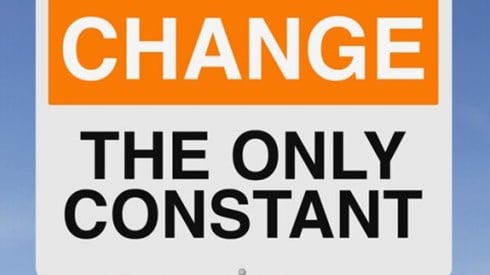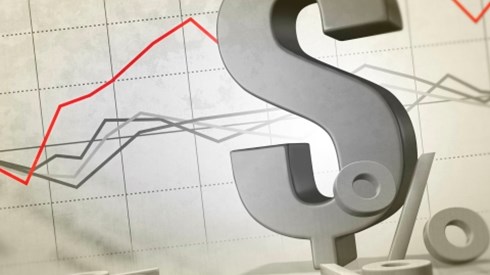Global Reinsurance Outlook 2020

September 17, 2019

For most captive insurers, access to the global reinsurance markets is a must. January 1 is a common renewal date for many, and as a result, captives will be in the midst of preparing the necessary information to provide to their brokers and reinsurers to secure cover for next year. Therefore, we think the following information from Standard & Poor's (S&P) on the global reinsurance market outlook for 2020 would be beneficial.
For those captive insurance industry readers who are not aware, S&P has a section dedicated to insurance and reinsurance on its website. The genesis of this article is a notification of the release of one of S&P's many white papers on reinsurance. While this discussion will highlight information from several of these releases, there is simply too much information available to encapsulate into one piece. Those who want to access this information and other reports available on S&P's website can register with S&P.
S&P has a stable outlook on the global reinsurance sector heading into 2020. It bases its view on four important factors, as follows.
- Strong capital adequacy
- Relatively disciplined underwriting
- Vigorous enterprise risk management efforts
- Overall improving reinsurance pricing environment
However, there are both secular and cyclical threats that are ongoing and will need to be addressed by the industry in some manner. The S&P list of threats includes the following.
- Economic conditions and geopolitical risks
- Lower-for-longer interest rates
- Catastrophe risk including global climate change
- The rise of alternative capital models
- Increased regulation
- Inability to meet the cost of capital
- Alignment of compensation among stakeholders
Looking at accident-year combined ratios the last 5 years reveals a worsening picture, tempered by 2018. In 2014, the industry reported a combined ratio of 89.9 percent, which increased to 109.0 percent in 2017 before declining to 101.0 percent in 2018, obviously an unsustainable trend. However, market analysis suggests that reinsurance rates hardened for the January 1, 2019, and July 1, 2019, renewals and this momentum will carry over into 2020. For captive insurers, this will translate into additional costs to reinsure their business lines. The actual increases will depend on the line of business and the captive insurance company's overall loss experience. As noted above, capital remains plentiful currently, so captives should not be faced with a lack of capacity, assuming they are willing to pay for it.
S&P portrays the 2020 market as follows: "We don't characterize the current reinsurance pricing environment as a hard market, but a firming one, with expected global aggregate rate increases up to mid-single digits over the next 12 months, assuming an average catastrophe year."1 It expects these increases to be broad-based across almost all lines of business. For reinsurers writing proportional contracts, rate increases at the primary insurance level will be beneficial. See a recent article on general liability trends as a potential warning to captives about the need to assess their pricing for general liability.
Captives would do well to heed the warning at the conclusion of the S&P report:
Although the current environment gives reinsurers some breathing room, the underlying factors spurring secular changes within the sector remain intact. Despite the losses and disciplined stance, there isn't a scarcity of capacity—neither of traditional nor alternative capital. Product commoditization will advance, especially within the property-catastrophe market, centralization and optimization of reinsurance purchasing will continue, consolidation of brokers will further entrench the intermediaries and growth opportunities remain limited except for a few pockets. For now, reinsurers are optimistic about the pricing environment, but a long road to ensure continued relevance lies ahead.2
The same factors impacting reinsurers are likely to influence the captive insurance markets. Captive insurers need to be cognizant of these potential threats and discuss ways to mitigate the risks associated with them. These are critical issues that need to be addressed at the board level. Captives managed externally by third parties should not assume the captive manager will be diligent in looking at long-term solutions to these problems.
If your board is unsure about how to begin these discussions, we suggest exploring generative thinking articles on Captive.com.
As Vermont's chief captive regulator, David Provost, noted recently in a Captive.com article, captives are no longer an alternative market. But with maturity comes the increased need to make sure we continue to adapt and change to meet the needs of the market and to remain relevant. Similar to our brethren in the reinsurance world, we need to scan the landscape for threats and create potential scenarios for dealing with them.
- 2020 Reinsurance Sector Outlook: Secular Headwinds Continue Despite Positive Pricing Momentum, September 3, 2019, S&P Global Ratings website.
- Ibid.
September 17, 2019




